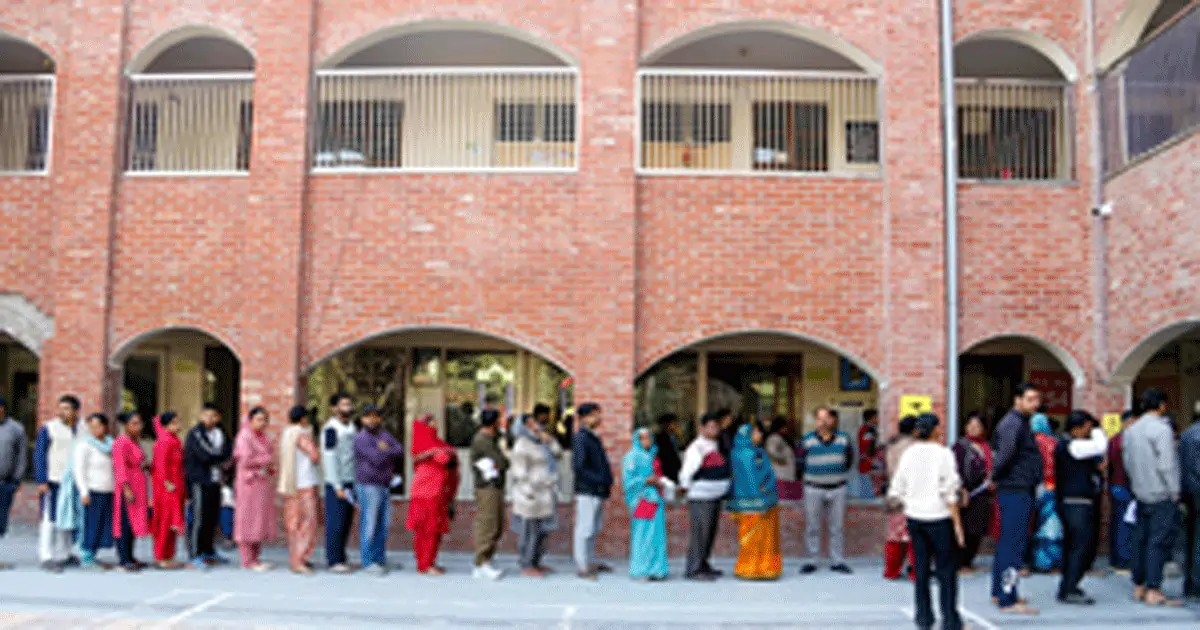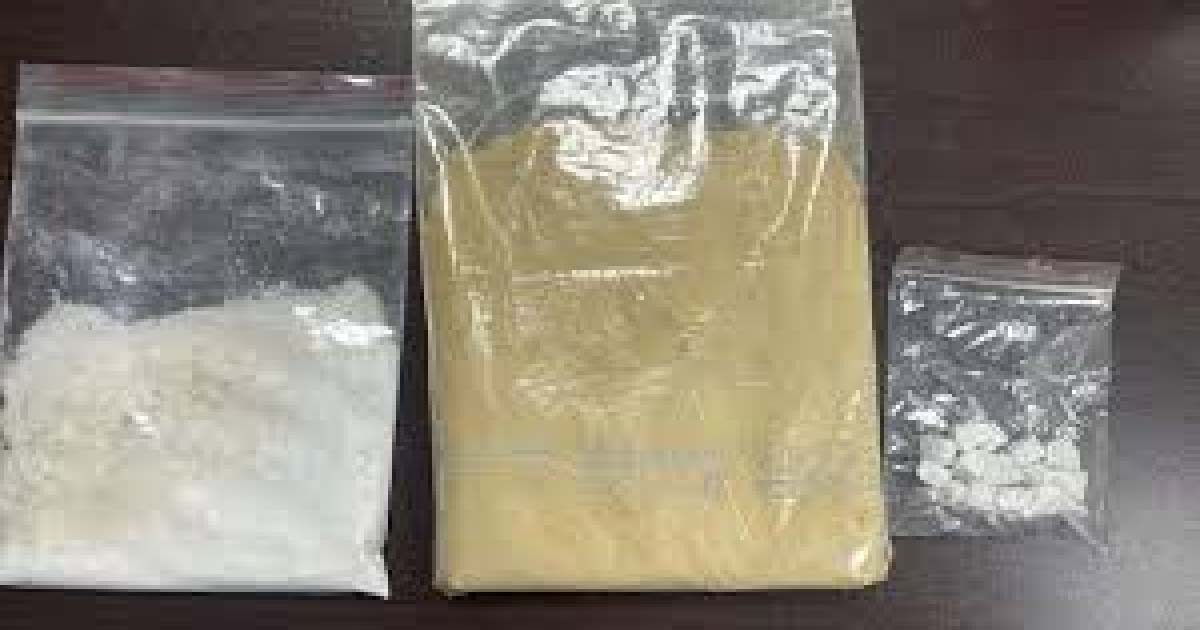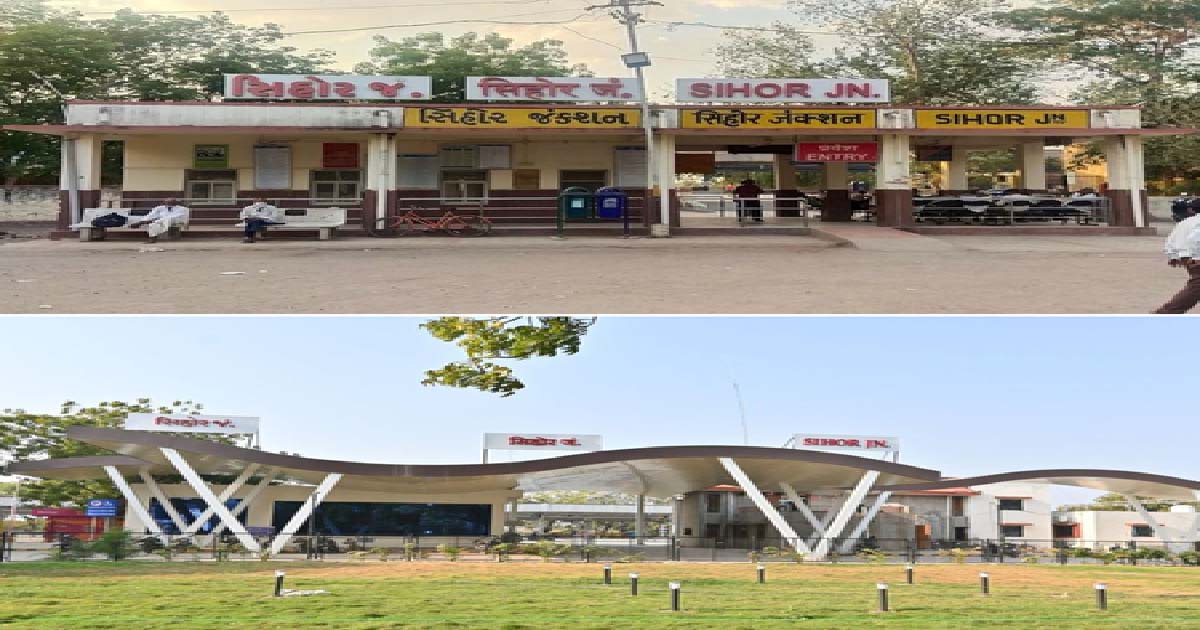National News
57.70 per cent voter turnout recorded in Delhi Assembly polls

New Delhi, Feb 5: Voting to pick a new 70-member Delhi Assembly continued peacefully on Wednesday as the turnout touched 57.70 per cent till 5 p.m. with the ruling AAP eyeing a fourth straight win and the BJP putting up a tough fight to return to power after 1998.
As the turnout continued to rise after a slow start, there were allegations of a model code violation after a brief commotion at a polling booth in Seelampur where a bogus voter was caught casting a vote on someone else’s identity. The incident occurred at Aryan Public School, Booth Level Officer, Seelampur, Gayatri, said.
BJP nominee from the seat, Anil Gaur, accused the rival Congress and the AAP of bringing 300-400 fake voters from neighbouring Uttar Pradesh.
Special Commissioner of Police D.C. Srivastava confirmed getting complaints of attempted bogus voting. “Two persons have been detained on the allegation of bogus voting. The facts are being verified.”
Till 5 p.m., Mustafabad seat recorded the highest turnout of 66.68 per cent followed by Seelampur with 66.41 per cent.
The New Delhi seat of AAP convenor and former Chief Minister Arvind Kejriwal recorded a turnout of 54.27 per cent by 5 p.m. The Greater Kailash seat of Health Minister Saurabh Bharadwaj recorded 52 per cent voting, Rajinder Nager recorded 57.88 per cent, Patel Nagar 54.63 per cent, R.K. Puram 51.81 per cent and Delhi Cantonment seat recorded 57 per cent voting till 5 p.m.
Chief Minister Atishi’s constituency recorded a turnout of 51.81 per cent till 5 p.m. Former Delhi deputy chief minister Manish Sisodia’s Jungpura seat recorded 55.23 per cent voting till 5 p.m.
Other turnout trends till 5 p.m. were Sangam Vihar 57.41 per cent, Badarpur 54.51 per cent, Tughlakabad 53 per cent, Okhla 52.77 per cent, Kasturba Nagar 51.70 per cent, Malviya Nager 52.07 per cent, Chhatarpur 60.53 per cent, Ambedkar Nagar 56.98 per cent, Deoli 56.8 per cent and Mehrauli 50.59 per cent.
Till 5 p.m. the turnout in Central Delhi’s Matia Mahal was 61.40 per cent, Ballimaran 59.56 per cent, Burari 56.16 per cent, Sadar Bazar 57.06, Timarpur 53.29 per cent, Karol Bagh 47.40 per cent, Chandni Chowk 52.76 per cent.
In West Delhi, the turnout till 5 p.m. in Janakpuri was 59.28 per cent, Rajouri Garden 58.96 per cent, Madipur 58.13 per cent, Hari Nagar 57.92 per cent, Moti Nagar 55.21 per cent, Nangloi Jat 56.20 per cent and Tilak Nagar 56.65 per cent.
AAP Jangpura nominee Sisodia alleged that rival parties were giving money to voters, a charge which was dismissed by police as ‘unsubstantiated’.
His party colleague and AAP MP Raghav Chadha alleged that at many polling booths in the New Delhi constituency, the party’s polling agents and their relievers faced problems in entry.
AAP MP Sandeep Pathak raised the issue of slow voting in some constituencies, claiming that the party has raised the matter with the EC.
Union Minister Harsh Malhotra accused the AAP of trying to use goons and money on election eve to influence voters. “They want a street fight and vitiate the atmosphere out of fear of a big loss,” he said.
On the eve of voting, the Delhi Police seized Rs 23.76 lakh, six illegal firearms and 4,119 litres of illegal liquor, said a police official.
Earlier, former Chief Minister and AAP convenor Arvind Kejriwal and his wife gave up their car and walked down to their polling booth. Both of them escorted their parents, both in wheelchairs, to the booth at a school close to their Ferozeshah Road residence.
Kejriwal’s BJP rival Parvesh Verma performed religious rituals on the Yamuna bank before proceeding to cast his vote with his wife and daughter at the Nirman Bhawan booth.
Congress candidate from New Delhi Sandeep Dikshit cast his vote at a polling booth on Rahim Khan Road and later accompanied voters from the party and members of the Gandhi family – Sonia, Rahul and Priyanka Gandhi Vadra – to their respective booths.
The turnout in the 2020 Delhi Assembly election stood at 62.82 per cent, 4.65 per cent lower than 67.47 per cent in 2015. In 2013, the turnout was 66.02 per cent, 8.42 per cent higher than 2008’s 57.6 per cent.
In 2020, the AAP won 62 out of 70 seats with a vote share of 53.57 per cent. The BJP won eight seats with a 38.51 per cent vote share. The Congress got 4.26 per cent of votes and others polled 3.66 per cent votes.
Business
IndiGo Crisis: 75-Yr-Old Woman Waits Hours For Luggage Without Medicines At Mumbai T2 Airport

Mumbai, Dec 05: When IndiGo’s nationwide operational meltdown began disrupting flights earlier this week, thousands of passengers were caught in chaos across the country. Among them was a 75-year-old woman whose ordeal at Mumbai’s Terminal 2 gained attention after her daughter shared a distressed post on X. Thankfully, the woman has now reached home safely, but her experience reflects the scale of frustration travellers are facing.
In her post on X, Punita Toraskar wrote that her elderly mother had been waiting at T2 since noon, and even by 4:42 pm, she still hadn’t received her luggage. The situation was more alarming because the 75-year-old needed to take her medicines but was stuck waiting on an empty stomach, stranded amid the airport chaos.
Toraskar’s post quickly resonated with passengers across India who have been struggling with severe delays, cancellations, and a complete breakdown of communication from India’s largest airline.
IndiGo is currently grappling with one of the biggest operational crises in its history. Nearly 900 flights have been cancelled since Tuesday, triggered by a mix of staff shortages and the airline’s struggle to adapt to stringent new crew duty regulations.
Passengers at major airports — Delhi, Hyderabad, Bengaluru, and Kolkata — are facing hours-long queues, mounting delays, and skyrocketing airfares as alternative flight options shrink. Hotels are filling up, tempers are rising, and social media is flooded with frustration.
IndiGo has issued public apologies and claims it is rebooting its systems and schedules to stabilise operations. But for many travellers like Toraskar’s mother, the damage is already done.
Despite the turmoil, Punita confirmed later that her mother had finally reached home safely, a small relief in a week of aviation chaos.
Mumbai Press Exclusive News
Nigerian arrested with cocaine in Mumbai

Mumbai: Police has claimed to have arrested a Nigerian with cocaine in the limits of Maloney police station and 180 grams of cocaine have been seized from his possession. Police searched Manuchi Agwa alias Oliver Agwa, 27, during a patrol and recovered cocaine from his possession. Along with the cocaine, a total of Rs 72 lakhs has been seized from the possession of the Nigerian. The police have registered a case under the NDPS Act and started investigation.
Business
Rs 7,253 crore spent so far in 2025-26 on sprucing up railway stations in India: Vaishnaw

New Delhi, Dec 5: The government has spent Rs 7,253 crore so far (up to October), of the total budgetary allocation of Rs 12,118 crore for 2025–26, on the redevelopment of railway stations across the country under the Amrit Bharat Station Scheme, Railway Minister Ashwini Vaishnaw informed Parliament on Friday.
The minister stated in a written reply to a question in the Rajya Sabha that work is in progress at a good pace for the development of stations such as Tirupati, Yesvantpur, Rameswaram, and Safdarjung station in Delhi..
So far, 1,337 stations have been identified for development under this scheme since it was launched, of which 155 stations have been completed till now.
Vaishnaw said that the station development projects under the Amrit Bharat Station Scheme are primarily conceptualised with budgetary support. However, 15 stations have been identified to be explored for development under the Public Private Partnership (PPP) mode also and based on the experience gained from the same, further evolution of the scheme is envisaged.
He further stated that the ownership of stations and operations-related activity will be with the Indian Railways. However, for some identified major stations, specific activities or groups of activities may be entrusted to outside sources for specified tenures depending upon the type of activity, requirements of the station, demand, etc. The terms of the contract are decided on a case-by-case basis.
He said that the Amrit Bharat Station Scheme for the redevelopment of stations has been launched with a long-term approach.
The scheme involves the preparation of master plans and their implementation in phases to improve the stations. The master planning includes improvement of access to the station and circulating areas, integration of the station with both sides of the city, improvement of the station building and improvement of waiting halls, toilets, sitting arrangement, and water booths.
The redevelopment plans also include provision of wider foot over bridge or air concourse commensurate with passenger traffic, provision of lifts, escalators and ramps, improvement of platform surface and cover over platforms and provision of kiosks for local products through schemes like ‘One Station One Product’.
Besides, the construction of parking areas, multimodal integration, amenities for Divyangjans, better passenger information systems, provision of executive lounges, nominated spaces for business meetings and landscaping is being taken up, keeping in view the necessity at each station, Vaishnaw said.
The scheme also envisages sustainable and environment-friendly solutions, provision of ballastless tracks, etc., as per necessity, phasing and feasibility and creation of a city centre at the station in the long term, the minister added.
-

 Crime3 years ago
Crime3 years agoClass 10 student jumps to death in Jaipur
-

 Maharashtra1 year ago
Maharashtra1 year agoMumbai Local Train Update: Central Railway’s New Timetable Comes Into Effect; Check Full List Of Revised Timings & Stations
-

 Maharashtra1 year ago
Maharashtra1 year agoMumbai To Go Toll-Free Tonight! Maharashtra Govt Announces Complete Toll Waiver For Light Motor Vehicles At All 5 Entry Points Of City
-

 Maharashtra1 year ago
Maharashtra1 year agoFalse photo of Imtiaz Jaleel’s rally, exposing the fooling conspiracy
-

 National News1 year ago
National News1 year agoMinistry of Railways rolls out Special Drive 4.0 with focus on digitisation, cleanliness, inclusiveness and grievance redressal
-

 Maharashtra1 year ago
Maharashtra1 year agoMaharashtra Elections 2024: Mumbai Metro & BEST Services Extended Till Midnight On Voting Day
-

 National News1 year ago
National News1 year agoJ&K: 4 Jawans Killed, 28 Injured After Bus Carrying BSF Personnel For Poll Duty Falls Into Gorge In Budgam; Terrifying Visuals Surface
-

 Crime1 year ago
Crime1 year agoBaba Siddique Murder: Mumbai Police Unable To Get Lawrence Bishnoi Custody Due To Home Ministry Order, Says Report












